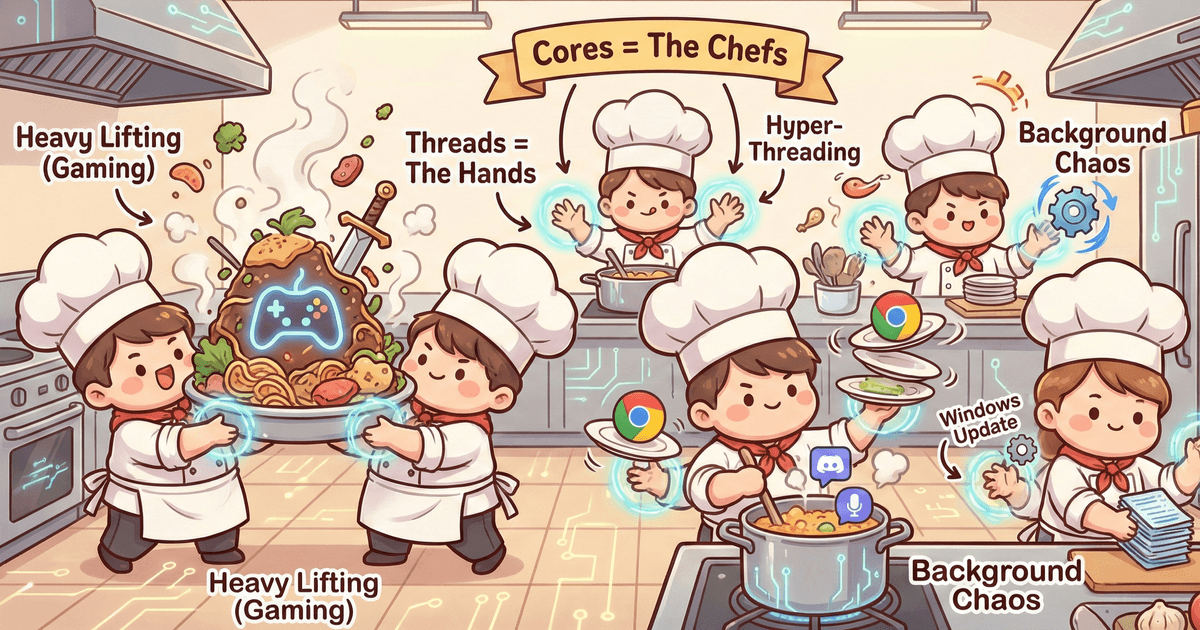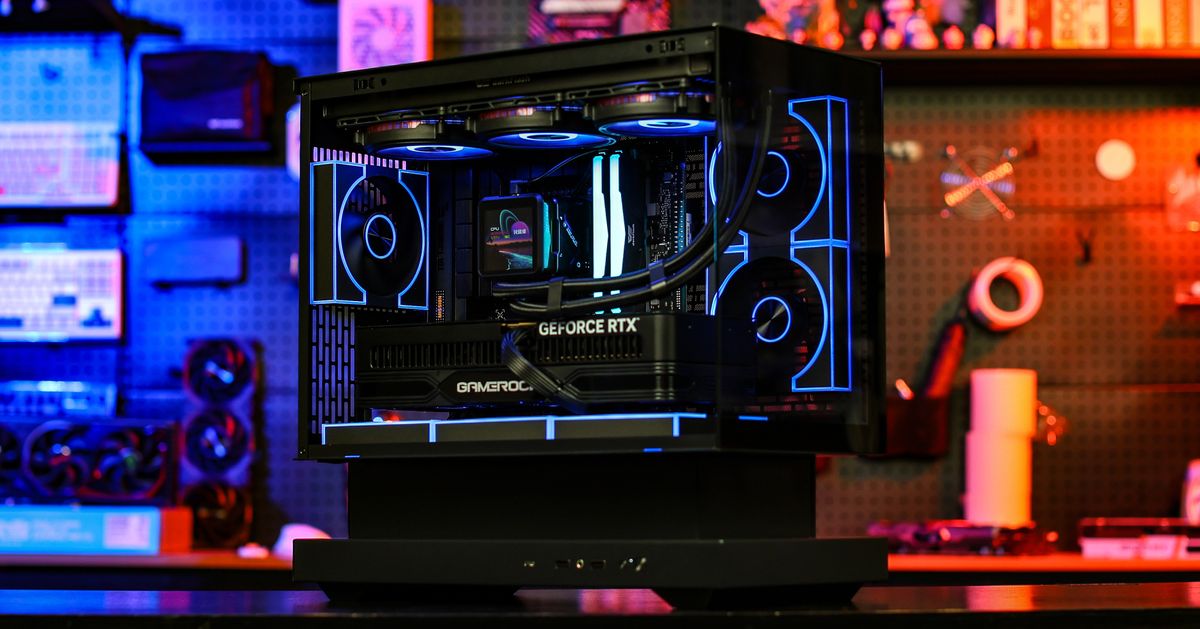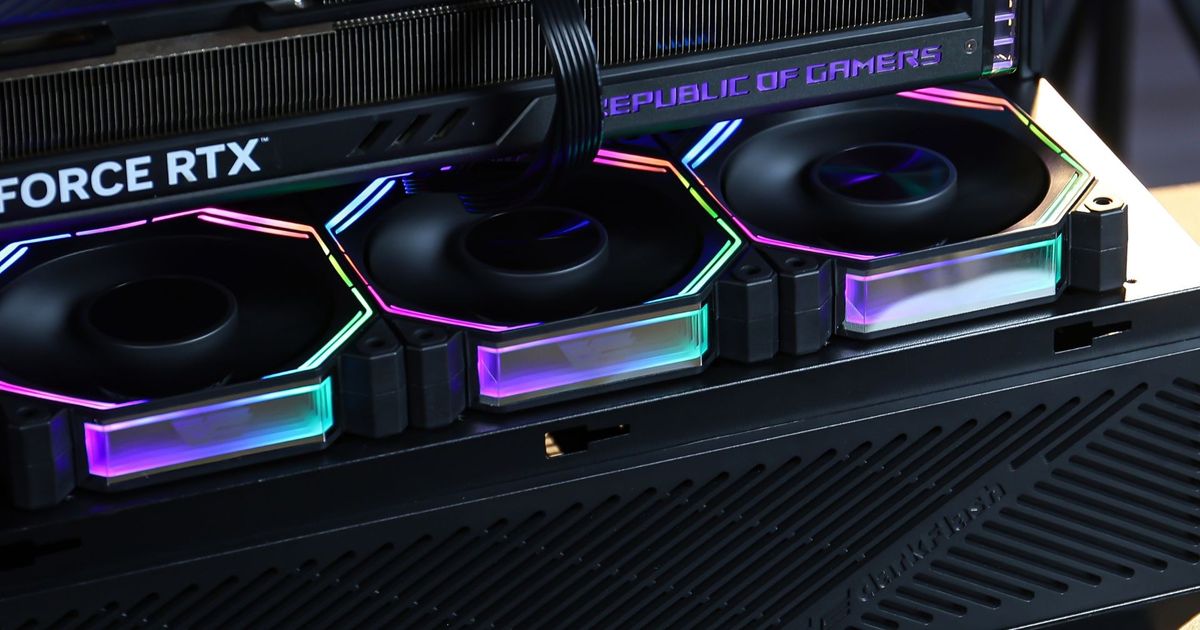
Ever notice your PC slowing down when things get hot?
Your game suddenly drops frames, video exports take longer, and your fans sound like a jet engine, yet performance keeps dropping. This isn’t just your PC “getting old”—it’s your system protecting itself from heat damage, limiting performance to survive.

Why Does Heat Slow Down Your PC?
Your CPU and GPU generate heat as they work. Normally, your cooling system keeps things in check, but if temperatures climb too high—typically above 90°C—your system will automatically lower its operating speeds to reduce heat.
This is known as thermal throttling, a built-in safety feature that prevents permanent damage by sacrificing performance to lower temperatures.
In other words: Your PC slows down to protect itself.
How Overheating Impacts Performance
When your PC overheats, you may notice:
Games drop in frame rates during intense moments.
Video rendering and exporting slow down.
Fans ramp up, becoming loud, but temperatures remain high.
The PC’s outer casing feels warm or hot.
The system feels sluggish, especially during demanding workloads.
If your environment is warm, or your PC frequently handles heavy tasks like rendering, gaming, or simulations, these slowdowns can happen often.

(The Best Fan Installation Direction for Your PC Case)
How to Prevent Heat-Related Slowdowns
While thermal throttling protects your PC, it can interrupt your workflow and reduce productivity. Here’s how you can help your PC stay cool:
Keep your workspace well-ventilated and ensure airflow around your system.
Regularly clean out dust from fans and heatsinks to maintain clear airflow.
Avoid blocking air vents with cables or clutter near your PC.
Consider using high-quality thermal paste to improve heat transfer.
If you run demanding workloads regularly, consider investing in advanced cooling solutions or a system designed for sustained performance.

Why Thermal Management Matters
As a hardware brand, we see it all the time: creators, gamers, and engineers invest in high-performance PCs but still face slowdowns under heat. It’s often not the processor or GPU that’s the problem—it’s insufficient thermal management.
By ensuring your system stays cool, you allow your CPU and GPU to maintain high clock speeds without triggering thermal throttling. This means:
Consistent frame rates in games
Faster render and simulation times
Quieter operation under load
Longer hardware lifespan
If you’re planning to build or upgrade your PC for heavy workloads, thermal design should be at the top of your checklist.

Key Takeaway
High temperatures trigger thermal throttling, which reduces your PC’s performance to prevent damage. While this keeps your hardware safe, it can interrupt your productivity and gaming experience.
By improving airflow, maintaining a clean system, and considering advanced cooling when building your setup, you can keep your PC cool and fast—even during demanding tasks.
If you’re looking to optimize your workstation for stable performance under heavy loads, or need guidance on cooling solutions that match your workflow, feel free to reach out. We’re here to help you keep your PC performing at its best—no matter how hot it gets.




